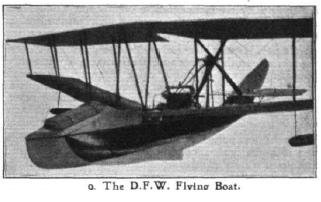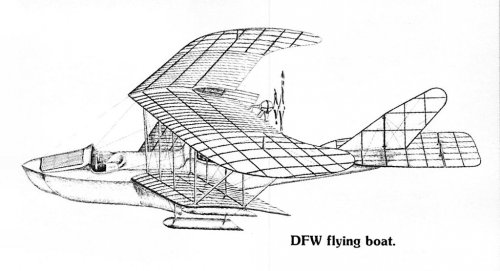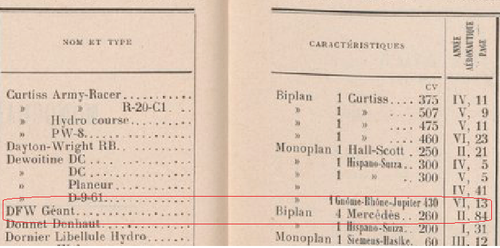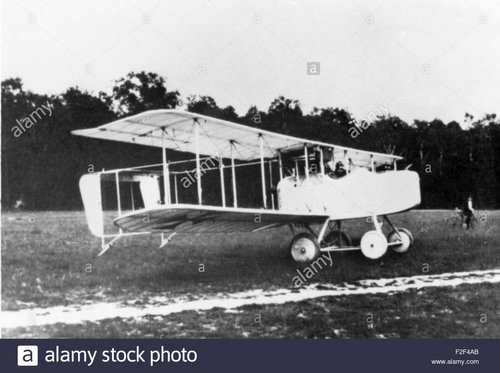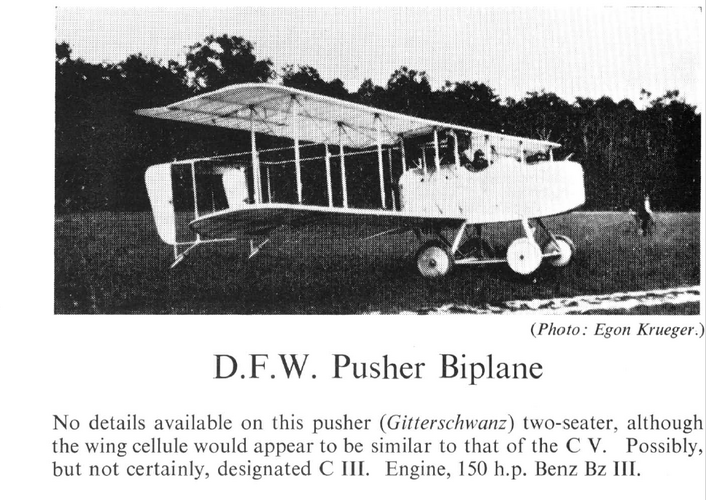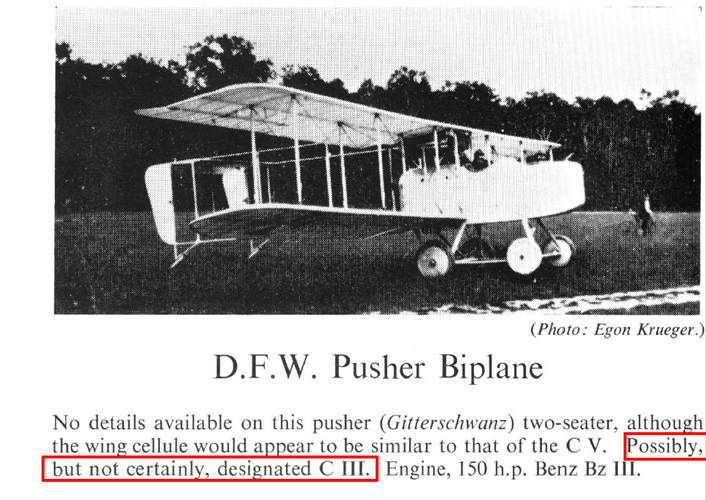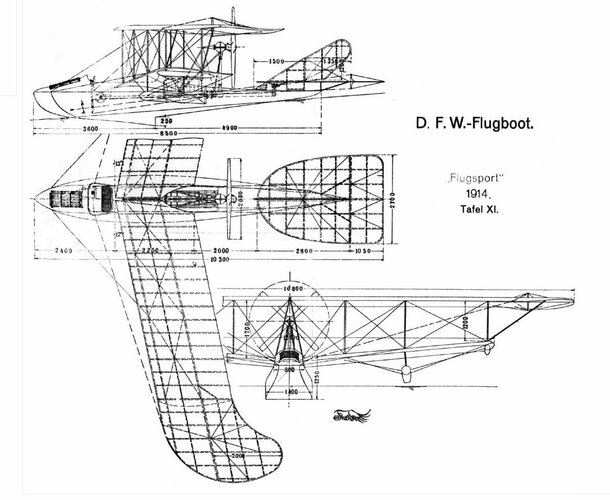- Joined
- 26 May 2006
- Messages
- 34,904
- Reaction score
- 15,778
Hi,
I know all aircraft was built by DFW aircraft,but this company had many
projects,and here is unknown flying boat.
http://www.flightglobal.com/pdfarchive/view/1914/1914 - 1021.html
I know all aircraft was built by DFW aircraft,but this company had many
projects,and here is unknown flying boat.
http://www.flightglobal.com/pdfarchive/view/1914/1914 - 1021.html
Attachments
Last edited:

